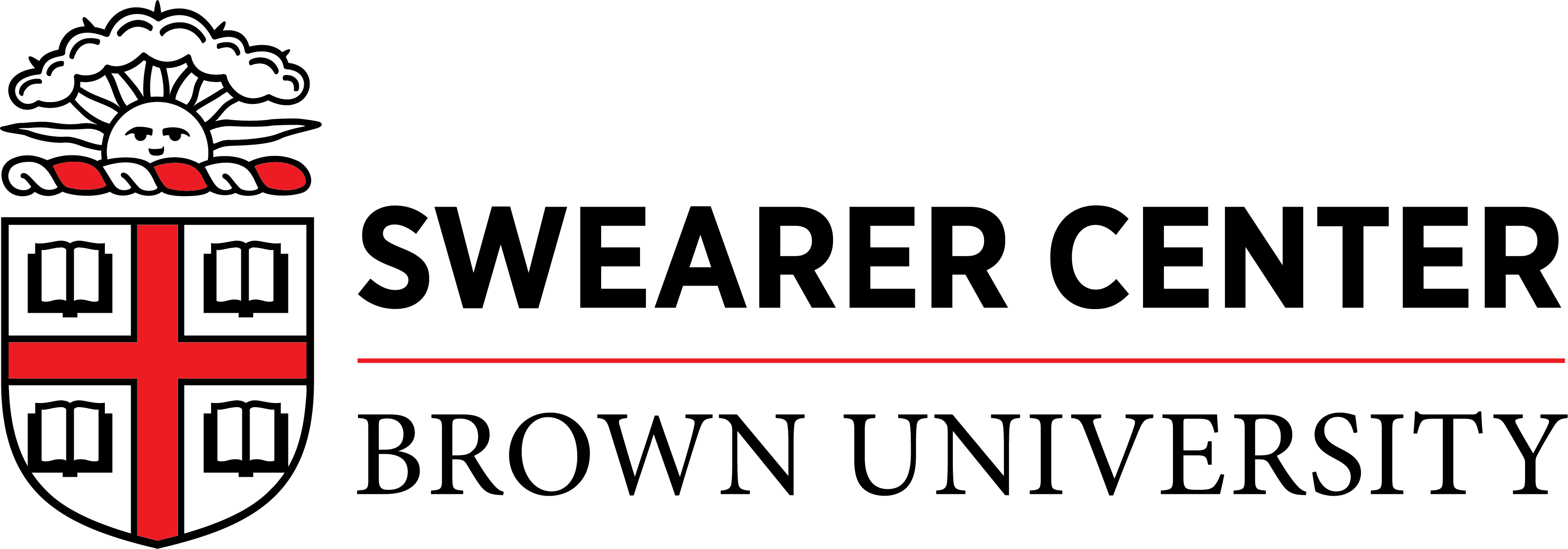Being Ourselves

Meredith is a co-coordinator of Algebra in Motion, a program that provides math and science tutoring at Hope High School, both in class and after school. She is a junior concentrating in Applied Mathematics – Economics.
“I will not contact Hope students outside of Hope High School.”
"I won’t friend them on Facebook, and I won’t exchange phone numbers, even if they’re just hoping to text me with questions about their homework."
At the beginning of each school year, when my fellow tutors and I walk up to Hope High School for training, I check a box with those words and sign my name. In this same contract, I agree that certain topics about my personal life and those of my students are strictly off limits during the time we spend together studying math and science. I understand that Hope is just looking out for the safety of their students; after all, the school trusts 75 Brown student members of Algebra in Motion to work in their classrooms and walk through their hallways each week. Still, I always feel uneasy as I read this line of my tutoring contract. I fear my students see me as a drop-in math nerd, disappearing into thin air after our time is complete, rather than as a peer whom they can rely on and trust. How can I show my students I care about them, not just as tutees but as people, if I have to hide pieces of myself along the way?
As a program that works with high school students, we talk a lot about striking the balance between being a friend and being a “figure of authority” while tutoring. Though it may feel like a lifetime ago, the fact is many of us were high-schoolers in the not-so-distant past, so it can be tricky to earn respect while also acknowledging our position as near-peers.
Yet the balance I’ve recently realized can be even harder to strike is the one between hiding ourselves and being ourselves.
When I started tutoring at Hope, I thought I had to act out a persona, hide my life at Brown, and stick to the material at hand. I thought I should lie about who I was and fly under the radar. I was scared of being unprofessional, but I was also afraid that who I am would make me seem too “other” to my students and create an unbridgeable gap between us. I avoided any subject that might lead me to reveal my own differences and my own privilege, from the fact that I’m not from around here to the amazing education I’ve received.
I quickly learned I was wrong. The value of “near to peer” tutoring ceases to exist the moment your students see you as putting on a front, and if there’s one thing students can sense in about a minute, it’s if you’re being real with them. I’ve watched my fellow tutors and their students sharing their lives with one another, from stories about favorite basketball teams to those about the struggle of immigrating to this country, and I’ve seen academic breakthroughs follow because students know they are with tutors who are just people – people who want them to succeed and believe that they can.
Our tutors may not be able to hang out with their students outside of the school day – they follow the rules of a system trying to protect its students even if those rules sometimes feel limiting or unnecessary. Yet, the Algebra in Motion tutors don’t hide pieces of themselves. They give those pieces that matter most to their students every time they step foot inside a classroom, and they form the connections that create a foundation for success. My students and my fellow tutors have taught me how to be a better tutor, just by being myself.
